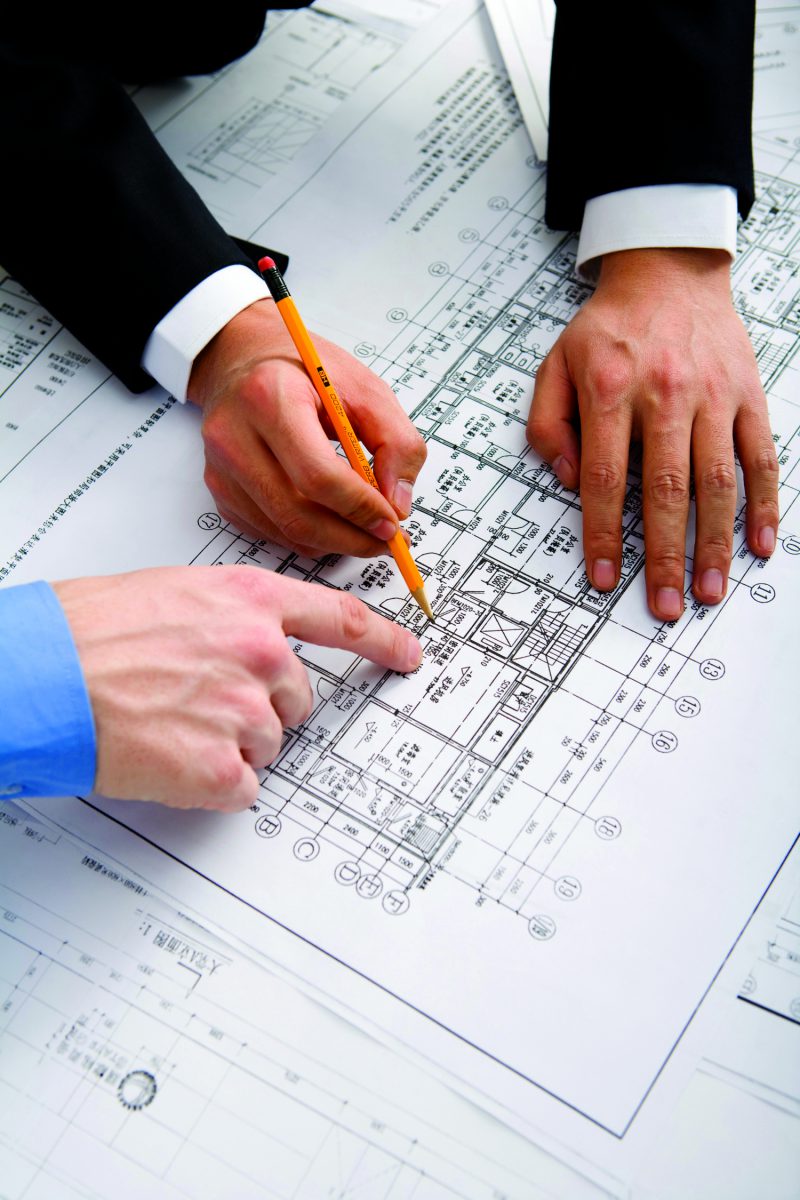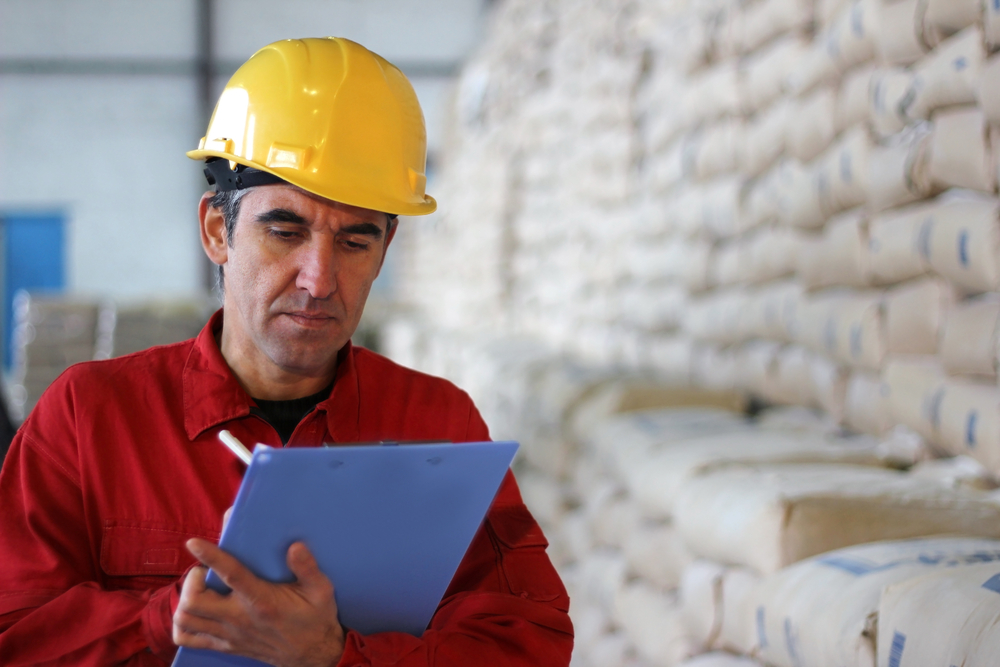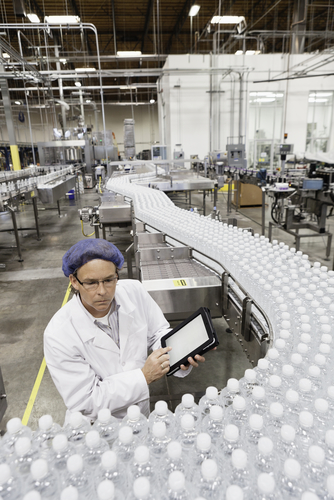How to Ensure Quality Control in Food Processing Facilities in China
We have very tight quality control standards in the U.S. and chances are, you’ll want to employ those same standards in your facility overseas. China has different, often non-existent, standards so managing quality control is solely up to your team. Ensure that you have a team of individuals who oversee everything from your engineering documents to intellectual property to equipment selection and installation. Here are my top four areas that must be managed closely to ensure quality control.
Continue Reading “How to Ensure Quality Control in Food Processing Facilities in China”










